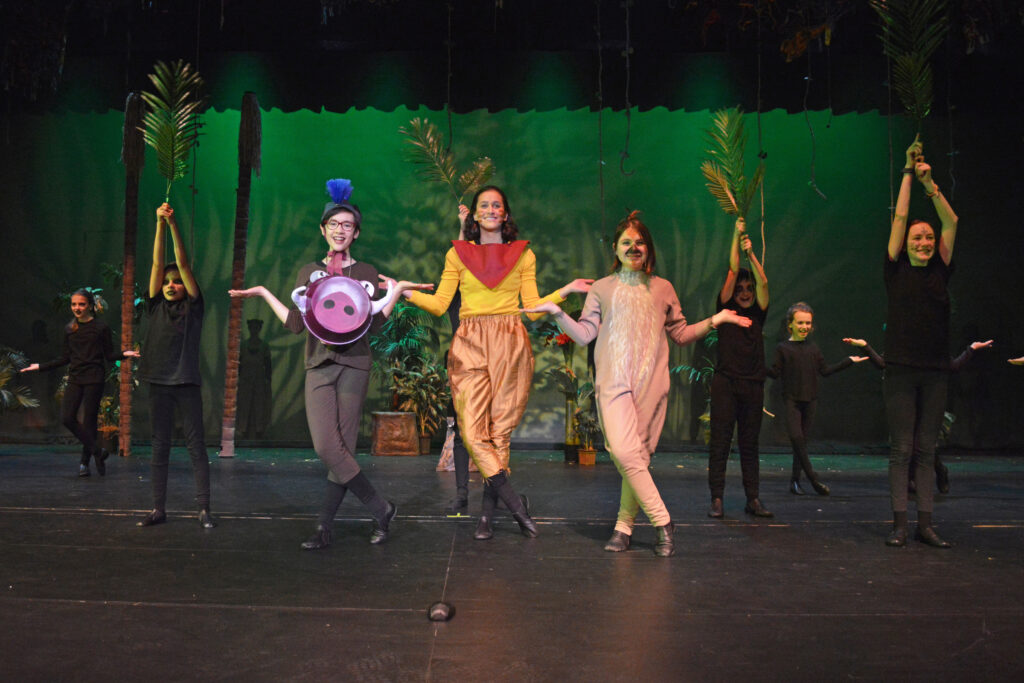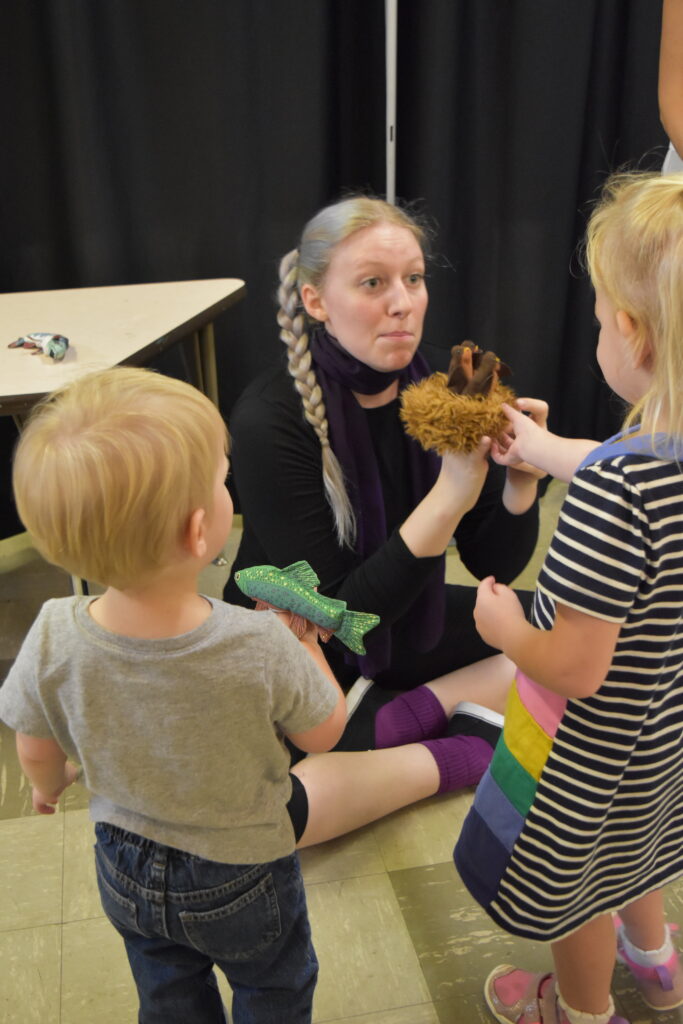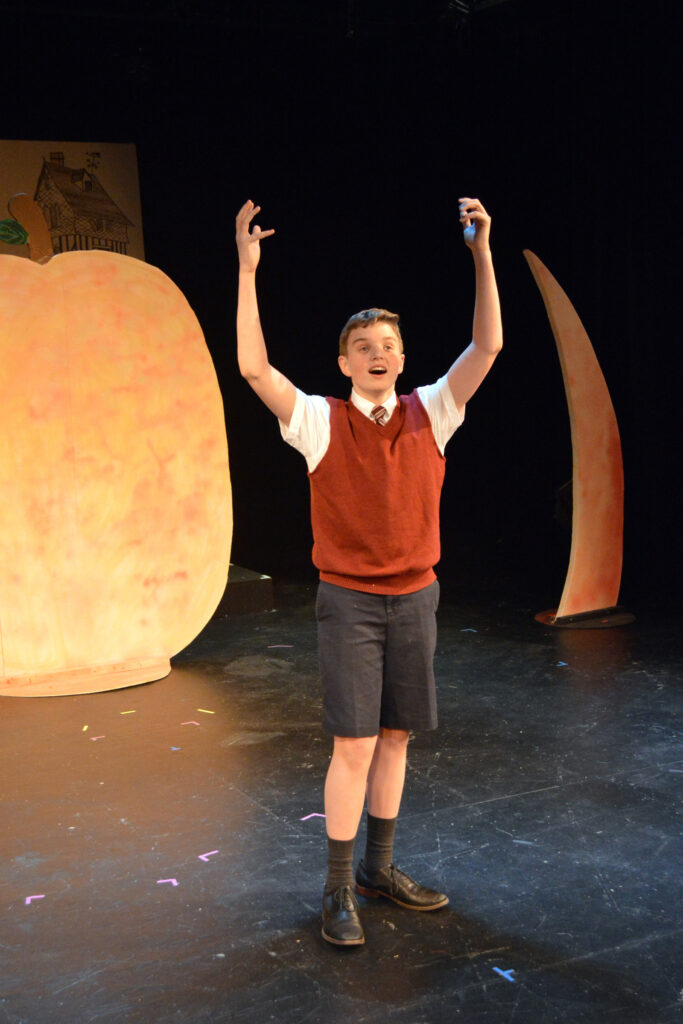Welcome back to Parker’s Performance Playbook! As we look toward the opening of The Lion King Jr. here at Encore, we’re going to dive into the history of puppets on stage. Let’s dive right in!
In the original Broadway production of The Lion King, there were over 200 individual puppets used throughout the show. It was a fantastical feat, and it has been performed over 10,000 times since it opened in 1997. Julie Taymor, who directed the show, chose to represent the animals in two ways: puppet representations of the animals or actors in full costume and makeup inspired by their animals. For example, the herds of animals during “The Circle of Life” are puppets of all sizes, some operated by one actor, others requiring many hands to bring the puppet to life. On the other end of the spectrum, characters like Mufasa or Simba are expressed through a headpiece worn by the actors, so that the character is more fully embodied by the actors themselves. These are two different kinds of storytelling, and The Lion King brings them together to tell its sweeping story.

No other Broadway production has used puppets to the same scale that The Lion King does, but it is important to recognize the other uses of puppetry on Broadway and the things that make each show unique.
A character many of us know and love is Sven from Frozen! In the stage production of Frozen, he is a puppet worn and operated by one actor, which allows him to move and interact with all the other characters in the show. It is a very difficult role to play because of the physical demands of wearing the puppet, and it has a very different effect than his fellow puppet, Olaf. As opposed to the actor for Sven, who is hidden inside the puppet for the whole show, the actor playing Olaf is visible and costumed to match the puppet. The differences between the two puppets help to visualize the differences between a magical talking snowman and a normal, non-magical reindeer.

One other example of puppetry on Broadway is War Horse. The onstage adaptation of the novel of the same name featured a life-sized puppet of the central character, Joey. The puppet requires three actors to live and breathe on stage, one to operate the head and two actors for the legs. Breathing is arguably the most important aspect of using a puppet because, without it, a puppet is just an object being used on stage. When a puppet is given breath, it is given life and becomes a character rather than a prop.
A show that never made it to Broadway, but must be included in the discussion of puppets on stage is James and the Giant Peach. The main group of characters are bugs that, through a magic spell, have become human sized and can talk! But before the magic is cast, these characters find James and interact with him in their original bug forms as puppets! Spider, Ladybug, Grasshopper, Centipede, and Earthworm are larger than life puppets, bringing personality and charm to the humble bugs. Because this show only requires 5 smaller puppets, it can be done in theaters of many sizes and budgets. It has been performed at schools, community theaters, and professional theaters!

We’ve seen that puppets are special and beautiful additions to theatre, whether bringing magical characters to our world or allowing animals to talk. These were just a few examples of puppets being used on stage, and we never know when a new exciting example will be added to the history of puppets on Broadway. You can be a part of creating new stories with puppets, too. Mr. Benji and I made a video about telling a story with shadow puppets, so go check that out if you are interested in giving it a try!
Lastly, be sure you don’t miss the puppets and masks of our upcoming production of The Lion King Jr! Tickets available now for the show and pre show experiences.


